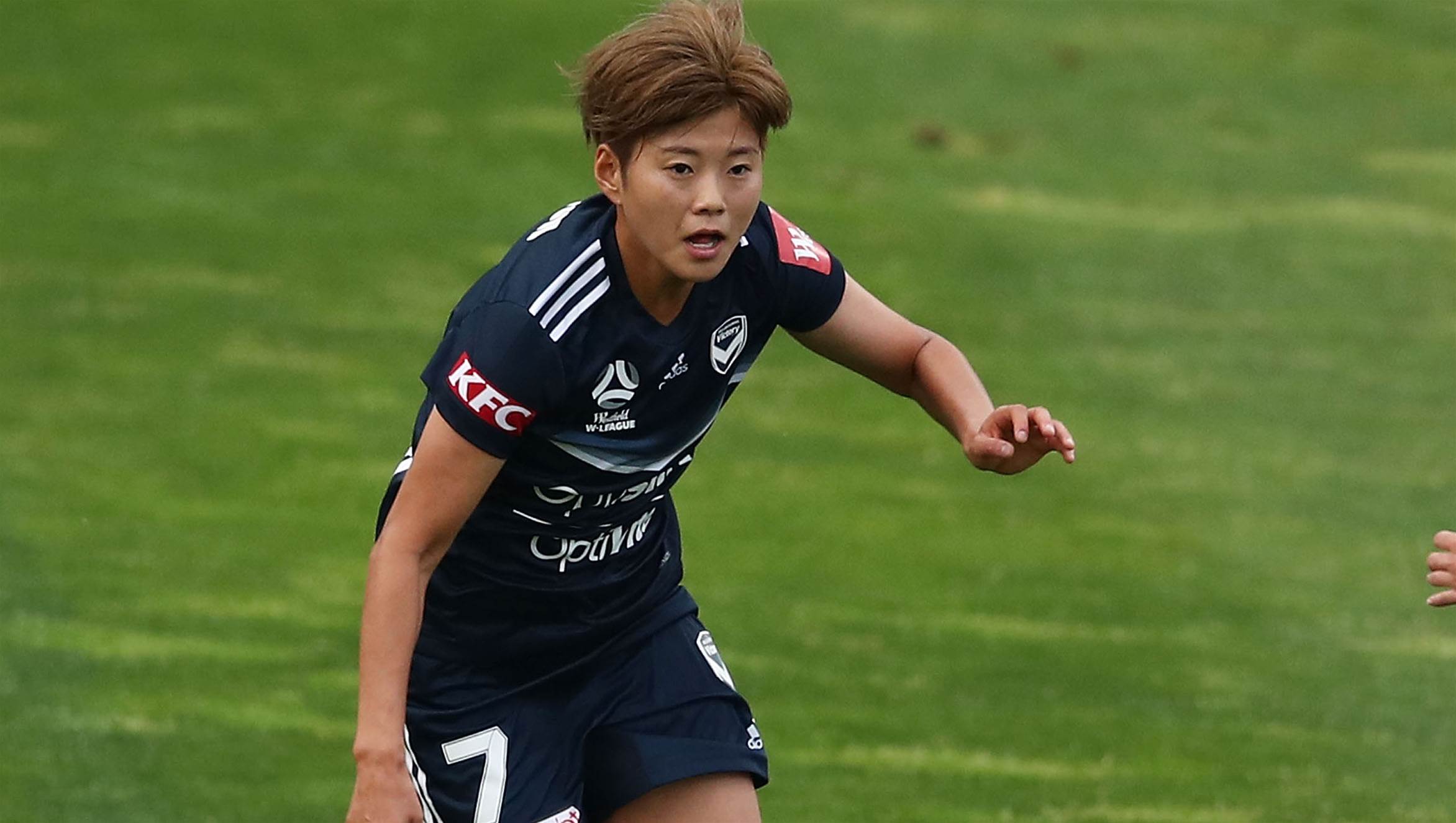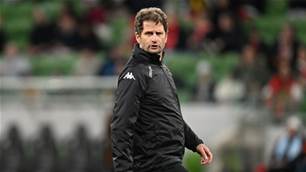Halfway through W-League Season 10, and pushing 70 goals scored, it’s already clear there are some key takeaways.
Dual-hemisphere pathways to professionalism are paying dividends
AKA thank goodness for an upside down world and being able to play year-round in symbiotic leagues.
Without getting all Wizard of Oz about the Australian players always having had the ability, playing alongside greats like Megan Rapinoe, Alex Morgan, and Marta, who were at best intimidating and at worst heroes, has meant Australian players now know—really know—that they can hold their own against the world’s top-tier players.
That’s in turn increasing the W-League’s competitiveness, with teams actually able to compete with and even defeat Melbourne City, the superstar-stacked team that once steamrolled everybody.
Key to these boons are, of course, consistency in training and playing, but also in strength and conditioning. I’m actually afraid to type it, but we’ve so far avoided many of the previous seasons’ usual injuries because players have been coming into the season fitter, stronger, and backed by better medical care than ever before.
We won’t know until the PFA crunches the numbers at the end, but here’s hoping we beat the 2016–17 season of 35 injuries resulting in an average of 3.5 matches missed per injury (see the 2016–17 PFA W-League Report for more detail).
Overseas stints are helping cusp players (re-)ignite their careers
Talented but unable to break through into Starting XI contention both domestically and for the national team, Hayley Raso’s career had all but stalled until she headed overseas. Fast forward to plugging away with eventual National Women’s Soccer League (NWSL) championship-winning team Portland Thorns, and Raso’s being seen in new light.
Likewise Tameka Butt, once an unquestionable Starting XI player who had slipped off selectors’ radars following a series of injury niggles and confidence knocks that kept her on-pitch performances quiet. A solid season with Klepp in Norway’s Toppserien, and she’s reminding selectors and arguably herself what she’s capable of.
International players are similarly leveraging the W-League to ignite their careers. US rookie Rachel Hill, who’s leading even Perth Glory teammate and newly crowned best female player in Asia, Sam Kerr, in the golden boot race, has scored some seven goals in Season 10’s first six rounds. No doubt her career is on the ascent, as is her salary and sponsorship negotiating power.
W-League recruitment is diversifying
Viewed in its early seasons as one last, slightly-less-taxing-on-the-body hurrah before retirement (such as when players like Ariane Hingst, Lori Lindsay, and Nadine Angerer headed here), the W-League is now considered a career-progressing option.
We’re witnessing the subsequent influx of players hailing from countries not previously seen (think South Korea, the Netherlands, and Hong Kong) as well as American players like Hill, Ashley Hatch, and Emily Sonnett. All are either mid-career and looking to play year-round or are emerging and want to garner selectors’ attention at home, which in turn delivers an overall higher standard of football.

We’re making incremental steps towards pay parity
Granted the progress is glacial, but as the Socceroos qualified for the men’s World Cup the hard way and Football Federation Australia’s governance started imploding, the W-League and the Matildas continued doing what they’ve always done for Australian football: produce results and imbue football fans with hope.
But unlike previous years, and thanks largely to the external pressures coming from pay increases in, and player-luring competition from, sports like cricket, netball, and the AFLW, the women’s football pay issue is no longer being ignored.
The Season 10 $10,000 base salary is a step in the right direction after the PFA’s report confirmed what we already knew: that W-League had the lowest minimum remuneration and was therefore the least lucrative sporting career option when compared with those competing codes.
Solving the pay parity issue is still a way off, but special mention goes to the Norway Football Association. It’s shown it’s entirely possible to bridge the football pay gap, which exceeds even the ones in medicine and space exploration. They achieved parity a few months ago via the men’s national team sharing a total of 550,000 kroner (roughly A$115,000) worth of pay with their female counterparts.
We know fair remuneration enables players to concentrate on their football. It’s unsurprising that access to cash to via overseas leagues, as well as improved Matildas and W-League contracts (even if those improvements have come off the back of the domestic administrators having their hands forced by poor PR), mean that players like Sam Kerr, who always had raw, explosive talent, are getting to both further develop and demonstrate their skills.
Increased match coverage is a godsend
For nine seasons domestically and an eternity internationally, women’s football played out in tree-fall-in-a-forest obscurity. But increased numbers of match broadcasts, more options for watching those broadcasts—including streaming and the ever crucial free-to-air TV—mean we fans can piece together enough to both be able to see and support women’s football.
We’ve yet to reach the goal of broadcasting every match, but the improvement should be applauded. Of course, we fans also need to be viewing the matches that are broadcast in order to send a message: show us more.
Related Articles

'Timing not right': Montemurro's verdict on Matildas vacancy

Matildas: 'Fourth at the Olympics is honestly the worst place you could come'
.jpg&h=172&w=306&c=1&s=1)












